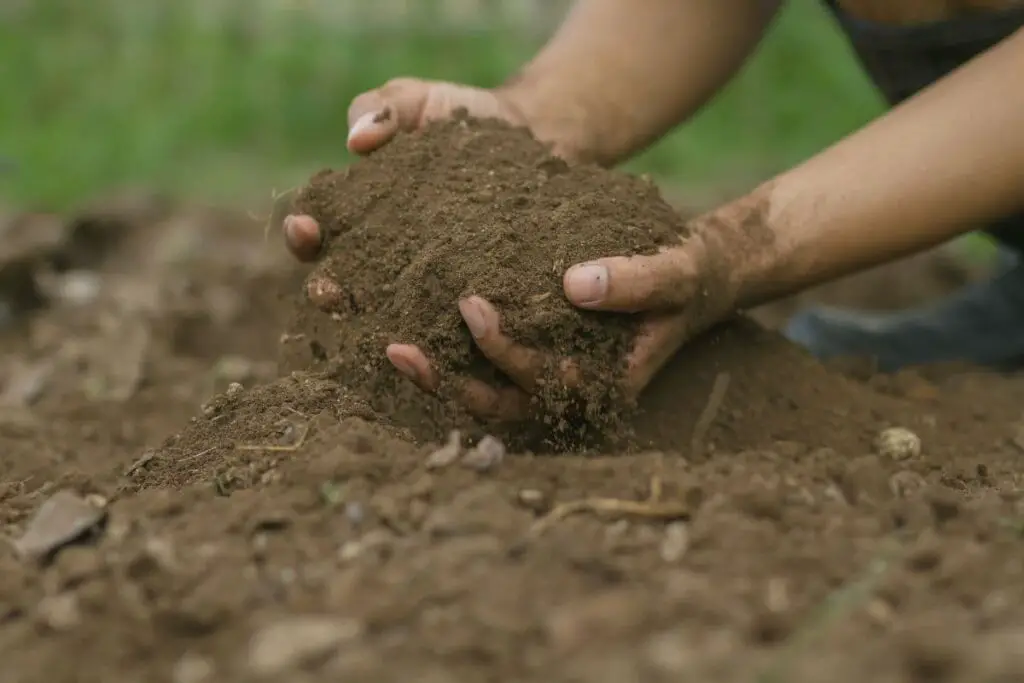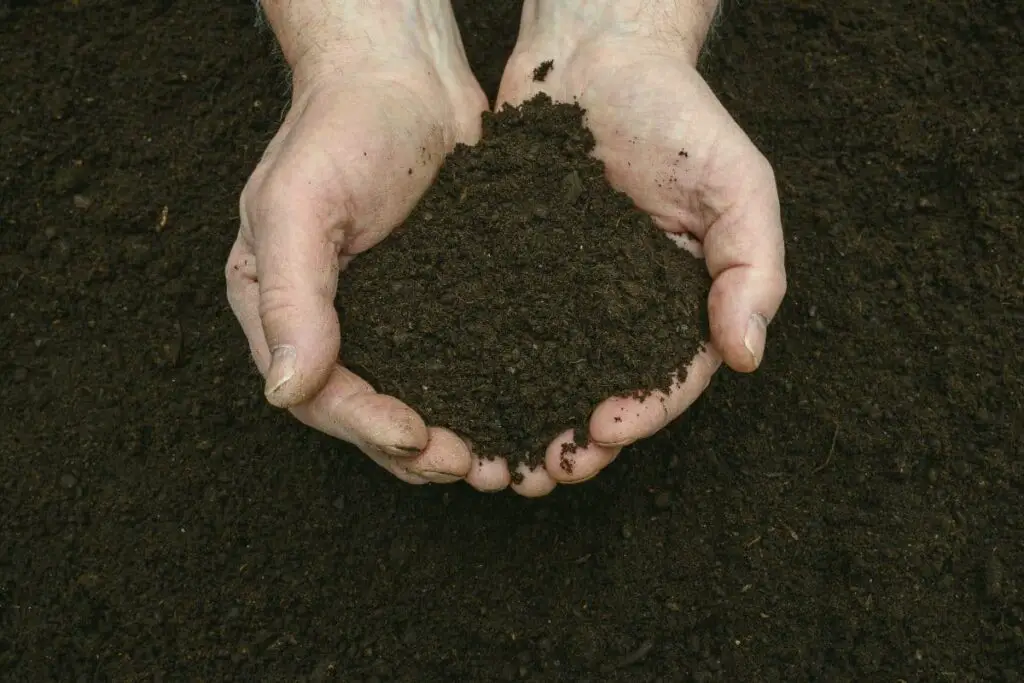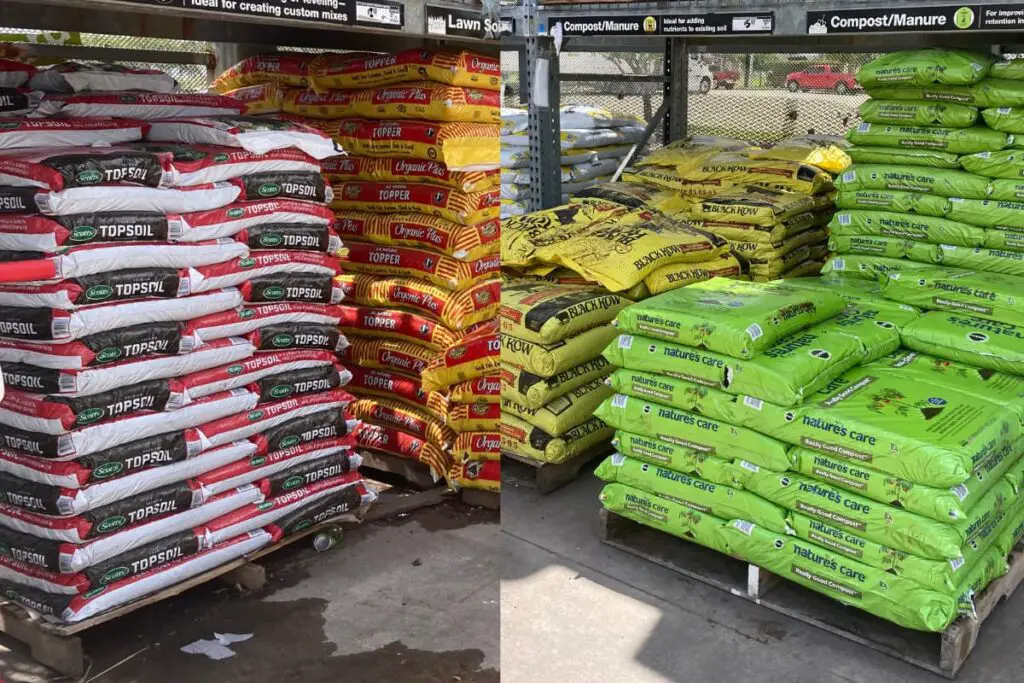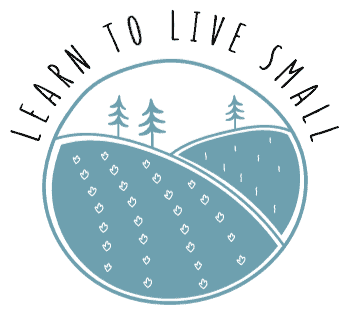What you use in your gardens to plant in really is essential to a healthy garden. I had heard that compost is good for a garden, but when I went shopping for some, I noticed top soil among a lot of other options. What is the difference between top soil and compost? When should I use which?
I had to dig in.
What is topsoil?
Before we can talk about the differences between the two options, let’s talk about topsoil.
Topsoil is the top layer of soil which usually consists of around 10% organic matter and the rest is minerals and water. The amount of organic matter can vary depending on where the soil is obtained which will affect plants grown in the soil.
What does that mean to you, though?
Some plants require more water and some less, and the same goes with nutrients. Oh and some have more stable roots that really dig in (pun intended). Topsoil is a stable surface to plant in and allows plants to grow deeper and sturdier.
Now the interesting thing is that when you look out at your yard, the top 2-8” of that yard IS topsoil. It might need some support, and it varies based on your location. But it’s there.

What is compost?
Compost is simply decomposed organic matter. Though there are 4 main ingredients of compost:
- nitrogen
- carbon potassium
- water
- decomposer (like a fungus or worms)
And that’s where it gets a little crazy. That organic matter we talked about with topsoil is the same piece of what makes up compost. They just have different ratios of of the organic matter and therefore nutrients.
According to the Treehugger.com, “Compost is decomposed organic matter rich in nutrients that can be used to fortify soils for gardening, horticulture, and agriculture.”
Sometimes you’ll hear of this as being called ‘black gold’ because it is so beneficial to your plants!
It can also be a good idea to make your own compost, it is relatively easy to do and provides a good way to reduce the amount of waste you throw out on a day-to-day basis. After all, the EPA reports that about 30% of what a household throws away can be used for compost.
So top soil is the top layer of what you likely have in your yard, and compost is amazing. Let’s just use compost!
No. It’s not that simple. I actually tried this, and let’s just say my veggie garden didn’t thrive. Let’s tackle when to use what if you’re out shopping to add anything for your garden.

When is it Best to Use Topsoil?
Since topsoil is the basis of everything you may want to grow, it is the best foundation for all of your new planting spaces. Whether you want to start a new vegetable bed or make a new foundation planting in your yard, topsoil will be the most basic material you’ll need.
Topsoil is best used to start a garden. The minerals in healthy topsoil will aid in root development and serve as a foundation for plants.
If you are buying from a dirt yard or even the bags at your local hardware store, topsoil will have some organic matter in the mix making it work just fine. It will be loose and crumbly, and that makes it easier for roots to grow through.
It also has other uses such as top dressing your yard. However, you may find it helpful to add other elements such as sand & use it as a mix. So even when topsoil is the best solution, there are instances where other things can be added to serve the purpose of what you’re trying to do.
When is it better to use compost?
Now when should be adding in compost instead of top soil?
Compost should be used on an established garden to either yield greater produce from the garden, or if the garden is suffering from malnutrition due to poor soil quality.
Basically, you add compost serves as an addition to your soil. It acts as a natural fertilizer to add more nutrients to the soil you’re planting in.
If you’re starting a new garden, I like to add compost to the top soil and mix it in. You can also do this if you’re refreshing your garden in between seasons.
Compost can also be used as a mulch to limit weed growth around your plants. A layer of compost will eventually work its way into the topsoil and share those nutrients while deterring pesky weeds. If I just mixed in compost to start a bed, I don’t typically mulch with it, too. Too much of a good thing.

Topsoil Before Compost
In general, it is best to use topsoil first because topsoil provides a better structure for the plants to grow in.
Whereas compost, without a healthy soil, provides little structure and holds too much water. So, by instead using topsoil as a base and compost as an addition to your topsoil, you can get the best of both worlds.
If you did not mix in much or any compost into your soil, don’t forget you can use it as part of your mulching strategy. A layer of compost can even be put under other mulches like hay or chipped wood to really keep the weeds down, will also decompose over time, and your plants will thrive with fewer weeds to deal with!
Can you use compost like soil?
Remember that soil is simply a combination of minerals, gasses, sand, silt, rock, and organic matter.
On the other hand, compost is just the organic matter and is pure nutrients for plants. Using only compost will cause a low osmotic pressure in the plant.
Compost cannot be used like soil as it can damage or kill plants.
Put simply – you can burn or kill your plants through too many nutrients. That’s why it can make a great mulch. It can stunt and prevent growth when used in excess.
To keep it simple: Compost is best used as a secondary addition to the soil you’re planting in.
Specific Uses
Which is better for overseeding?
First let’s start with what overseeding is. Overseeding is when you put out way more seeds than the number of plants you want in hopes that a good amount of those plants will grow.
In general, it is best to use top soil and then dress with a modest layer of compost to improve the overseeding process.
It is relatively easy to accidentally put too much compost, so it is recommended to ‘dress’ with a ½ layer of compost on top of the topsoil.
Which is better for raised beds?
Raised beds offer so many benefits, but getting the soil right can be tricky. Unlike the gardening of your lawn or other inground true garden, raised beds start off with much fewer nutrients.
That is the reason why many gardeners typically use a mixture of compost and topsoil.
Usually, the makeup of raised beds consists of 60% soil for structure that helps roots develop well, 30% compost to provide plenty of nutrients, and 10% vermiculite to help retain water.
Can you just put compost on top of the soil?
In short, yes, but this is not a blanket yes!
Compost can be put on top of soil in a light layer to add nutrients to soil as a dressing or in a thick layer to suppress weed growth.
Too much compost can suffocate your plants, which is why it works well as a mulch. If you are just looking to improve your soil, then a light layer will be fine to be placed on top of soil, too.
